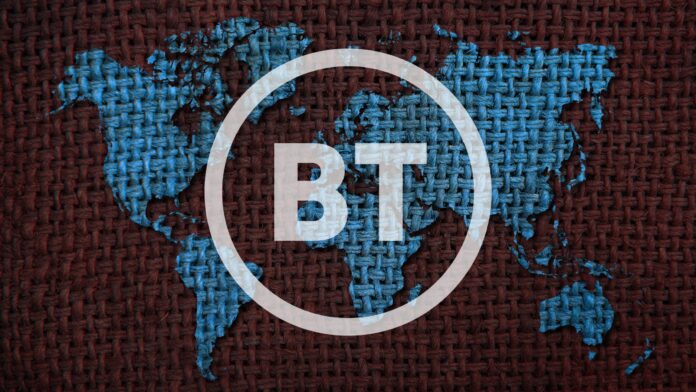The tests were conducted in the field on live network spectrum at Adastral Park, BT Group’s headquarters for R&D
Nokia and U.K.-based BT Group announced that they have successfully aggregated 5G Standalone (SA) spectrum using 5CC carrier aggregation (5CC CA).
In a release, Nokia noted that BT Group became the first European operator to achieve this milestone. The testing used a device powered by a Snapdragon 5G Modem-RF system from Qualcomm Technologies.
Nokia highlighted that 5CC CA will significantly boost the data rates available to customers in areas of high demand by combining all mid-band radio spectrum when the 5G SA device requires a high-speed connection.
Nokia also said that EE’s 5G SA network, which is expected to be launched this year, will also have the capability to leverage a low frequency sixth carrier to provide a superior experience in more places, including indoors. EE is the mobile arm of BT.
The tests were conducted in the field on live network spectrum at Adastral Park, BT Group’s headquarters for R&D, using Nokia’s 5G AirScale portfolio and the Qualcomm-powered device.
The tests achieved downlink speeds of 1.85 Gbps using three FDD carriers aggregated with two TDD carriers, with a combined bandwidth of 150 megahertz.
In 2023, BT Group and Nokia had demonstrated 4CC CA in 5G SA downlink with concurrent 2CC CA in 5G SA uplink.
Greg McCall, chief networks officer at BT Group, said: “This latest milestone achieved with Nokia and Qualcomm Technologies enhances 5G SA performance as we work towards the launch of our network, building further on the benefits of carrier aggregation in delivering greater throughput and speeds to customers. This is particularly important as more and more devices come to market with 5CC CA capabilities.”
Meanwhile, Mark Atkinson, SVP and head of RAN at Nokia, said that multi-component carrier aggregation helps mobile operators to maximize their radio network assets and provide the highest 5G data rates at more locations to subscribers.
In February, BT Group, Ericsson and Qualcomm Technologies said they had successfully demonstrated end-to-end consumer and enterprise 5G differentiated connectivity enabled by network slicing.
The 5G demo was carried out using Ericsson’s 5G Core and radio access network technology in the U.K. with devices powered by Qualcomm’s Snapdragon 8 Gen 2 for Galaxy mobile platform.
The trial, which took place at BT’s Adastral Park research and innovation facility, established network slices for gaming, enterprise and enhanced mobile broadband (eMBB), and showed how, by allocating a portion of the 5G SA network to provide dynamic partitions for specific use-cases, optimal performance could be maintained for bandwidth-heavy activities including mobile gaming and video conferencing even during peak times, according to the partners.

